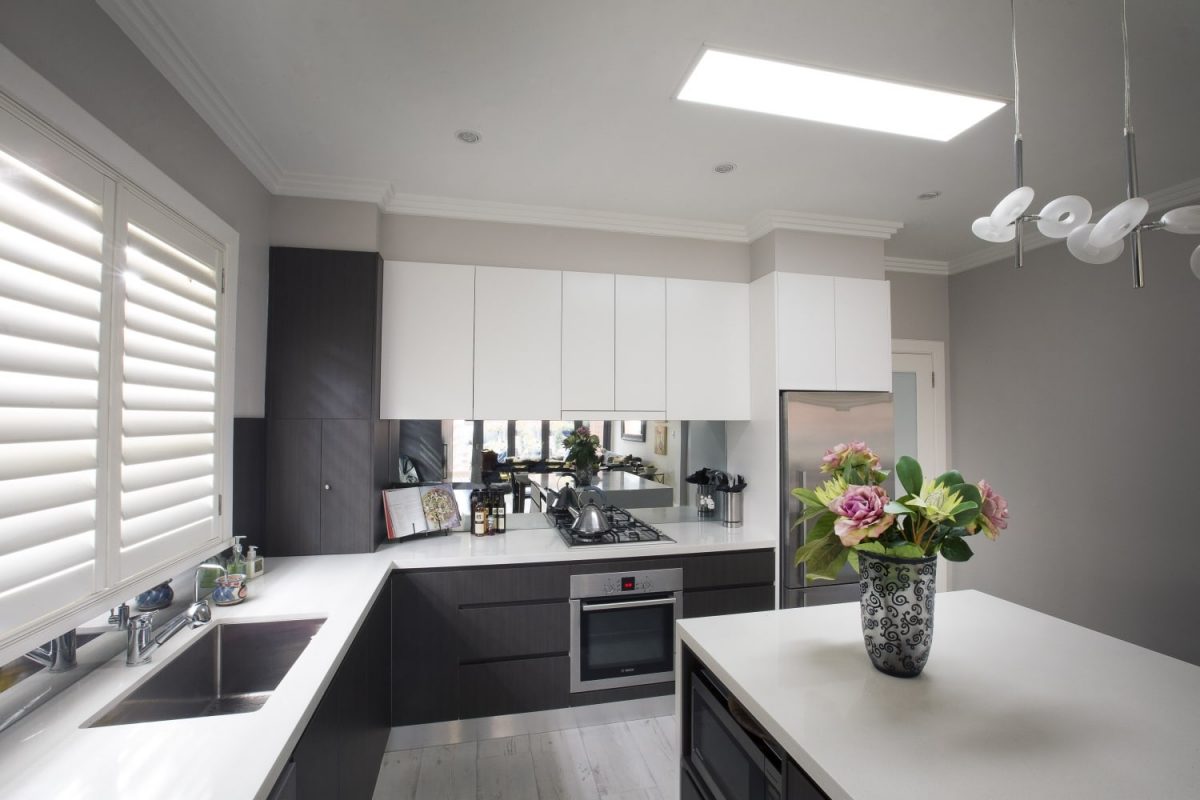
If you think it is best to install a solar-powered skylight alternative to original skylights, we suggest that you should read this article first before finalizing your decision. There are plenty of essential points you thought you would have known before you installed your first solar skylight alternative.
So, if you would search “alternatives to a solar-powered skylight,” most probably, you would find solar LED lights. Apparently, it’s not easy to tell they’re actual “alternatives” to original skylights because, in reality, these LED lights can possibly give rise to new issues in your home’s functionality. Here, we will be discussing with you some of the skylight alternative’s drawbacks and why we suggest you install traditional or original skylights instead.
Mimics outdoor conditions or daylight
Natural light or daylight can be more complex compared to our traditional solar-powered skylight because man-made alternatives can’t simply imitate it. Daylight is actually more dynamic than just a steady ray of light. It contains a whole scope of colors, from bright blue light during the early morning (signals your body to wake up and be alert for the day) to softer red light (signals your body to prepare for sleep). These are one of the many things artificial alternatives cannot imitate.

Daylight color LEDs
Daylight color is an important marketing term that defines the color temperature of LEDs (Kelvin) such as 4000K to 5000K (white to blue-white). Daylight actually ranges from 5000k to 6500k (blue-white to bright blue), which is uncomfortable for home use.
Skylight alternatives utilize daylight-colored LEDs in order to emphasize that their items provide similar light color temperature as natural light. This can’t be true for everyone because LED lights (as skylight alternatives) actually have a lower color rendition than eighty-five percent. With that, this can even cause more discomfort to house occupants due to flickering. Glaring and flickering lights can cause eye strain and headaches.
Heat transfer
LED products usually have a wall plug efficiency of around five to forty percent. This implies that approximately sixty to ninety-five percent of power input is wasted on heat. Compared to a one-hundred-watt GLS bulb (which produces around five percent visible light and only twelve percent heat), LED lights produce fifteen percent visible light and eighty-five percent heat.
